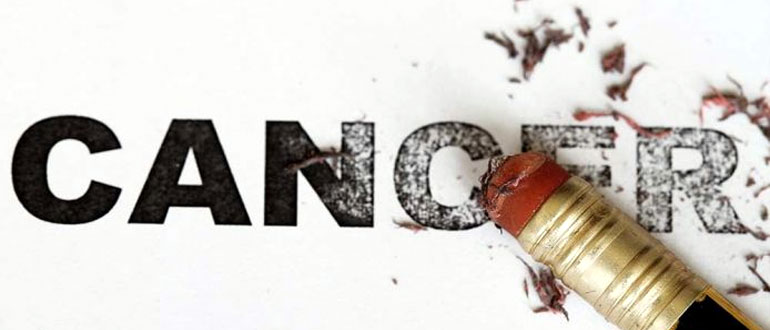Srinagar | WTNS | Sep 24:In the valleys of Kashmir, an invisible menace is gathering force. Cancer rates are no longer statistical curiosities; they are beginning to show up in every district hospital, among our youth, among families long-held together by tradition and trust. And what is worse: some of the causes lie not in distant hazards, but in what we eat and allow to be sold in our markets.
By Agha Syed Amin Musvi | Wilayat Times
Recent reports from Jammu & Kashmir reveal that 12,000 to 13,000 new cancer cases are being registered every year. Between 2019 and 2022, for example, the numbers rose steadily: 12,396 in 2019; 12,726 in 2020; 13,060 in 2021; and 13,395 in 2022. The most recent data shows the fiscal year 2023-24 witnessed the highest single-year tally 14,112 new cancer cases.
These figures are deeply alarming. But raw numbers on their own do not tell the whole story. Behind them lie painful human realities: many patients are diagnosed at late stages (Stage III or IV), when chances of cure are much lower. The medical infrastructure especially outside Srinagar and Jammu struggles to keep pace. There are too few radiation machines, too few PET scan facilities, and many patients face long waiting times. Financial assistance schemes are shrinking just as the demand is rising.
Among the many suspected causes of this surge, food safety stands out. When meat is rotten, adulterated, or contaminated with carcinogenic chemicals (such as certain synthetic dyes or unregulated additives), it ceases to be mere nourishment; it becomes poison. While reliable hospital records have not explicitly separated cancer cases caused by rotten meat, recent findings have exposed that banned additives like carmoisine and tartrazine are present in meat products sold in Kashmir, elevating risk. (Though food safety investigations are ongoing, the correlation between chemical-contaminated food and rising gastrointestinal and other cancers is not being taken lightly.)
Further, dietary habits common in the region high red meat consumption, frequent use of preservatives, adulteration of spices, minimal regulation, and insufficient awareness compound the problem. Add to this environmental pollutants, pesticide residues, tobacco use, sedentary lifestyles, and late detection, and the perfect storm emerges.
The human cost is immense. Families drained of savings, patients traveling long distances for treatment, poor prognosis due to late diagnosis these are daily realities. Hospitals such as SKIMS Soura have recorded 44,112 cancer cases between 2013-2023, while SMHS Hospital in Srinagar has documented 6,379 cases from 2017-2023. The Government Medical College, Anantnag has also treated over 1,600 cancer patients in recent years.



